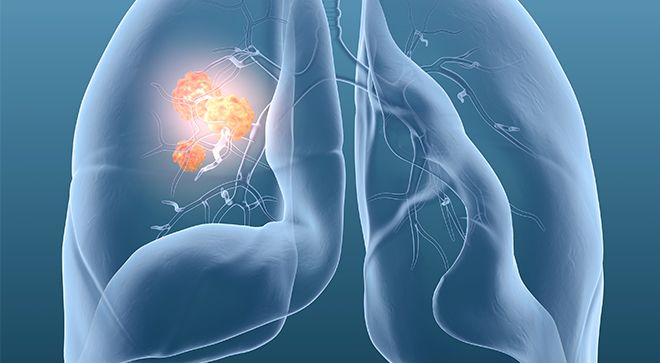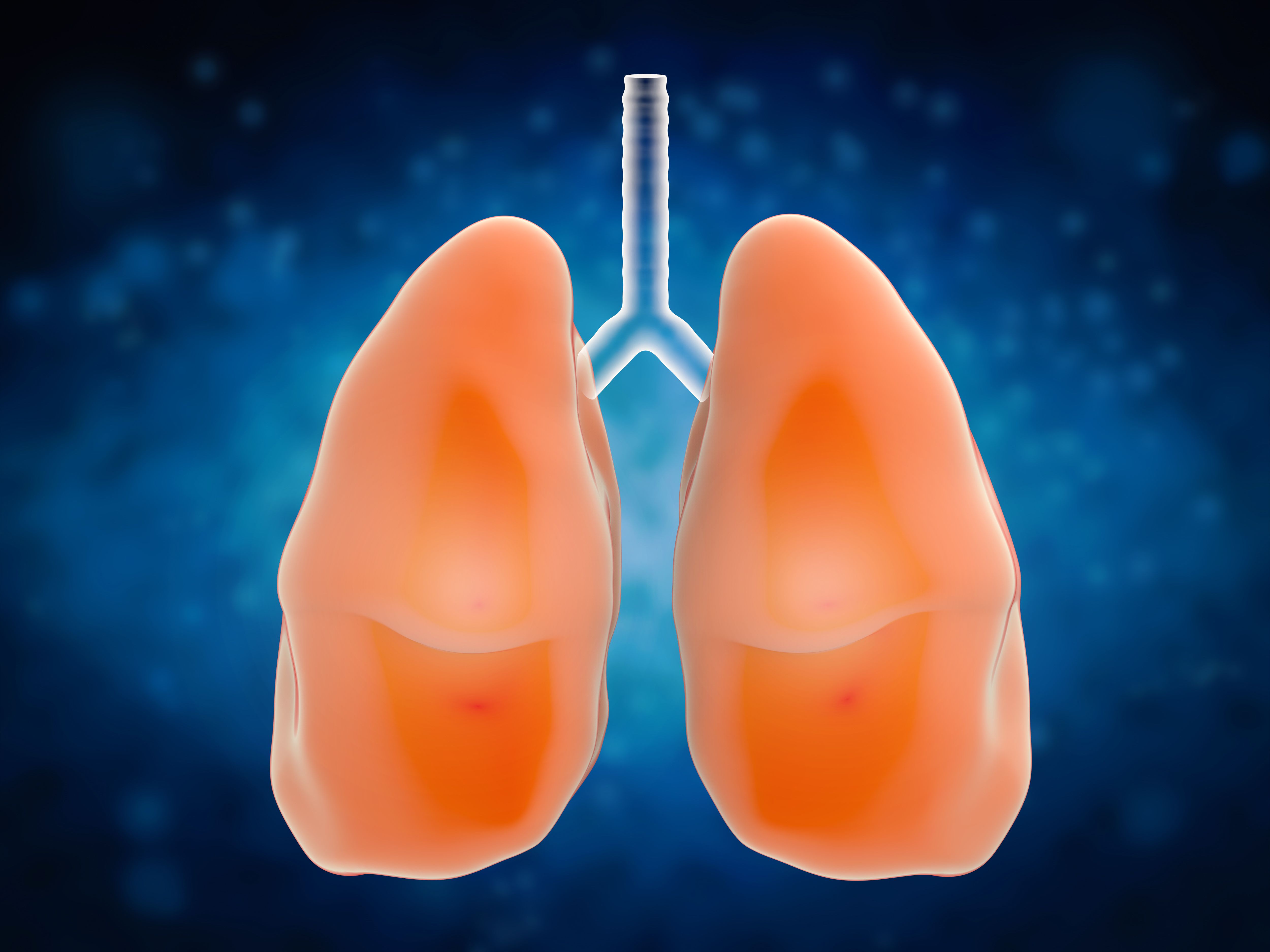News
Article
What is a BRAF Mutation and Why is it Targeted in Lung Cancer Treatment?
Author(s):
Following the recent FDA approval of Braftovi with Mektovi for some patients with NSCLC and a BRAF V600E mutation, a lung cancer expert explains the science behind the news.
An expert provided an overview of BRAF mutations in lung cancer.

The recent approval by the Food and Drug Administration (FDA) of BRAF inhibitor Braftovi (encorafenib) and MEK inhibitor Mektovi (binimetinib) for the treatment for the treatment of adult patients with metastatic non-small cell lung cancer (NSCLC) with a BRAF V600E mutation marked the latest advancement in the development and deployment of therapies designed to target specific genetic mutations of patients with cancer, as one doctor explained to CURE®.
“This is only a subtype of the those (patients with stage 4, also known as metastatic, lung cancer) which carry this special mutation called the BRAF V600E, so that's very specific and accounts for only 3% to 5% of lung adenocarcinoma,” explained Dr. Gene G. Finley, assistant professor at Drexel University of College of Medicine and medical oncologist at AHN Cancer Institute, Allegheny Clinic Medical Oncology.
Finley explained the science behind BRAF mutations and what unmet needs still remain for this population of patients.
Q: Can you tell me a bit about the BRAF mutation and why that is something that researchers are targeting in lung cancer treatment?
A: All human cells, and cancer cells included, respond to signals and most of these signals occur in a variety of ways, but … for the most part, these genes such as BRAF are involved in a process that is called signal transduction. What signal transduction refers to is the transmission of signals from outside the cell to inside the cell and ultimately to the nucleus. So, the prototype signaling occurs as follows: a hormone, especially a peptide hormone, will bind to a receptor that sticks outside of the cell. When that happens, then this triggers an enzyme activity inside the cell on that receptor molecule and generally that enzyme activity is called a protein tyrosine kinase, with some exceptions. But for the most part, then that enzyme works on another protein inside the cell, and then that protein then becomes activated and it signals a next protein downstream.
And the upshot of it is that after this signaling occurs, it reaches a signaling molecule which goes into the nucleus, and then activates some gene or genes within the DNA, which then cause other genes to be expressed that, for example, will tell the cell to grow or divide. And so, that’s the most common form of signaling that we see in cancer, from the outside to the inside through a number of different signal transduction pathways. And basically, we’re using these proteins to send signals from the outside of the cell to the inside of the cell, and for the most part, these signals tend to make the cells grow, not exactly faster, but for more of the cells to be growing and dividing at any one time.
So, that's probably the simplest way to look at it. These are signals that lead to cell proliferation, or in the case of cancer cells, to cancer cell division and growth.
Q: Regarding this specific population of patients with non-small cell lung cancer with the BRAF mutation, what needs remain now that this treatment option is on the table?
A: Well, these kinds of drugs are relatively well-tolerated, but they still have side effects. So, typical things like tiredness, nausea, diarrhea, etc. can occur in 15% to 20% of patients, and some people have to stop the drug because of side effects.
So, I would say that there are two main threads to your question. One is, can we make the drugs better, so that they work better? And can we make the drugs which are less toxic, so the patients can take them over a longer period of time?
For example, often patients will take these drugs for many months or years. Because in this particular study, that was done with Braftovi and Mektovi, the duration of response was quite long, it was in excess of a year, and the median duration of response was about a year and a half. That’s a long time to be taking medications if you’re having side effects. So that’s why for the future, these drugs are supplanting an older combination of drugs that was in use for 10 years or so, basically because these drugs are, at least and probably, more effective than the other combination and they have fewer side effects.
So, that’s the promise of so-called targeted therapies, that they work more specifically and have fewer side effects than chemo or immunotherapy. (In) some cases, that’s not true, but that’s the promise of the pill.
This transcript has been edited for length and clarity.
For more news on cancer updates, research and education, don’t forget to subscribe to CURE®’s newsletters here.





